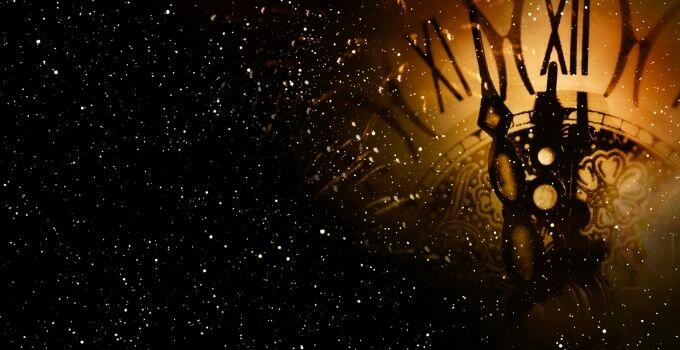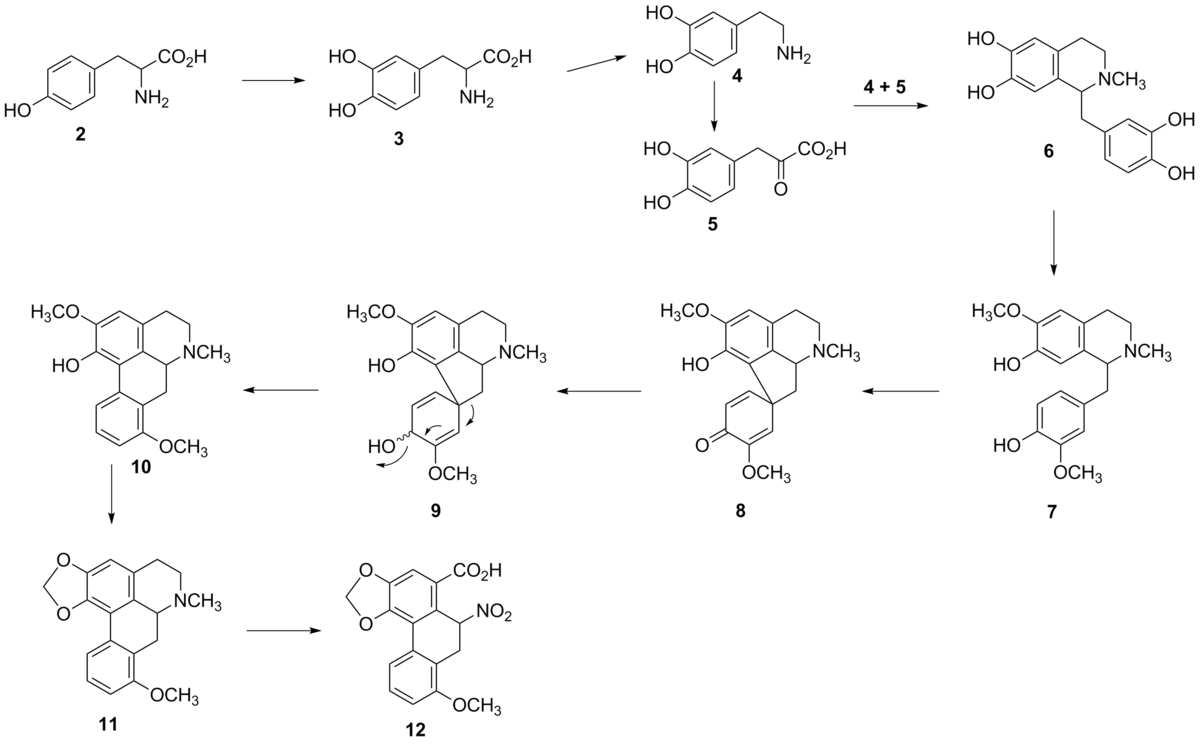It's more of a flat circle.

 linguaholic.com
linguaholic.com
What are the odds of you being conscious/alive now and not the massive amounts of time being dead or not even born yet?
In the trillions of years that the universe will exist, the minuscule 80-odd years you will exist on this rock just so happens to be happening right in this instant? It's just too convenient.
There is no beginning, no end. You will never know anything but consciousness in one form or another at all times.....Till you don't.
Music to ponder time by:

“Time is a flat circle”: Here's What it Really Means
If you’re here, odds are you are a fan of the TV show “True Detective,” which features the iconic line 'Time is a flat circle.' In its first season, the protagonist Rust Cohle, portrayed by
What are the odds of you being conscious/alive now and not the massive amounts of time being dead or not even born yet?
In the trillions of years that the universe will exist, the minuscule 80-odd years you will exist on this rock just so happens to be happening right in this instant? It's just too convenient.
There is no beginning, no end. You will never know anything but consciousness in one form or another at all times.....Till you don't.
Music to ponder time by:


